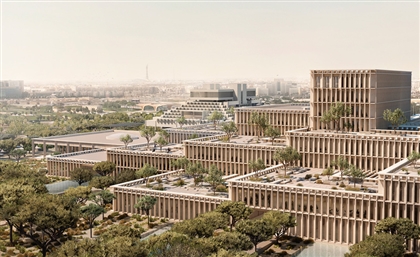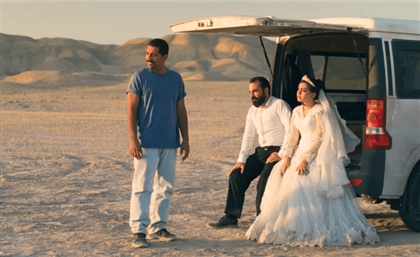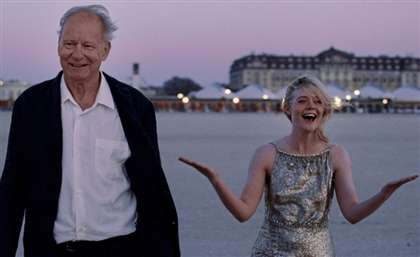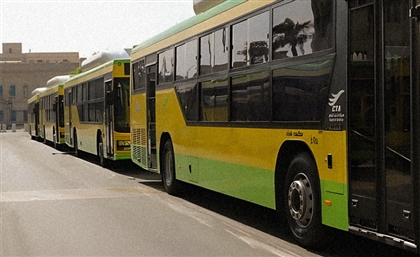Esna Revived: Egypt Returns to Aga Khan Award Shortlist After Decades
The Revitalization of Esna by Takween has been rapped by the Aga Khan Awards due to its thoughtful bottom-up approach.
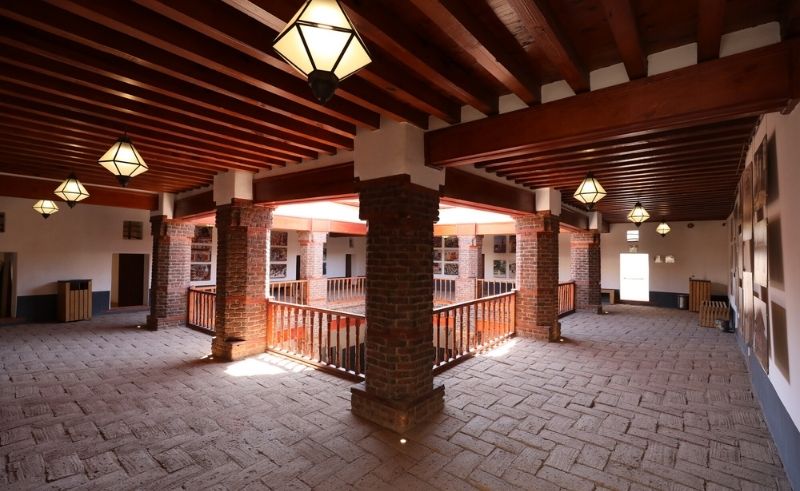
Originally Published on Jun 18, 2025
In 2009, Takween - an Egyptian urban development company - began its venture in the ancient and then-forgotten Upper Egyptian city of Esna with a question: “Can the future of medium-sized, underprivileged cities in Egypt be reimagined?” This inquiry led to a 15-year partnership with the city’s people, working together to preserve and revitalise its built heritage. This year, these efforts have garnered international recognition, placing an Egyptian project on the Aga Khan Award for Architecture’s (AKAA) shortlist for the first time in decades.
Located 60 kilometres south of Luxor, Esna has long been overlooked by Egypt’s cultural tourism map. The city’s rich offering of Greco-Roman, Coptic, Islamic, and modern heritage was reduced to a single attraction: the Temple of Khnum. Everything beyond it - its caravanserais, local markets, Ottoman-era houses, and community stories - faced neglect, with some areas even slated for demolition.
-520475d8-3c36-46cf-b0e9-31e32d399951.jpg) Aerial view of Esna with the Temple of Khnum at the centre © Takween ICD / Ahmed Mostafa
Aerial view of Esna with the Temple of Khnum at the centre © Takween ICD / Ahmed Mostafa
What followed was not a top-down restoration project, but a community-driven transformation model. Takween conserved 20 heritage buildings, activated thousands of job opportunities, upgraded 17 community-managed services, and helped rebrand the city with a new visual identity all while centering local participation, especially women’s involvement in tourism activities.
The AKAA 2025 shortlist places among the architectural giants of our time. It’s a meaningful return for Egypt, which last appeared on the AKAA shortlist in 2004 with the Bibliotheca Alexandrina. Prior to that, Egypt had won the award seven times, including for the Nubian Museum in 2001.
But what makes Esna’s recognition all the more powerful is its bottom-up approach. Unlike iconic state-led structures, this project thrived through grassroots involvement, strategic partnerships, and support from institutions such as the US government, the Kingdom of the Netherlands, and AECID (Spanish Cooperation). It is a compelling example of how heritage, when nurtured with care and vision, can become an engine for society to bloom.
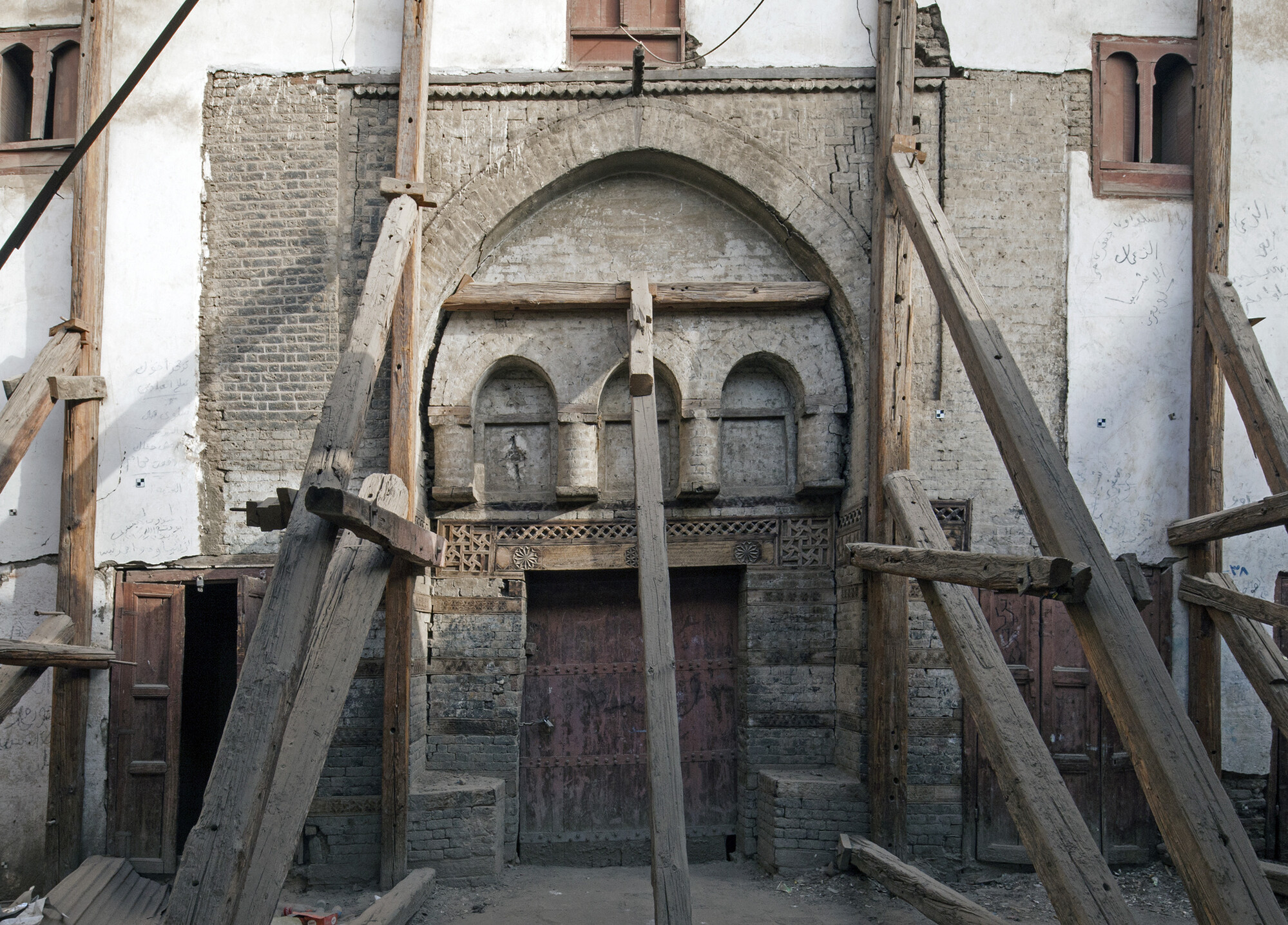
Revitalisation of Historic Esna. ©Takween ICD / Xenia Nikolskaya with Courtesy of Aga Khan Trust for Culture
One of the most iconic sites of this initiative is Wakalat al-Geddawi, an 18th-century caravanserai that once pulsed with regional trade but had fallen into ruin. Between 2018 and 2021, Takween led a meticulous conservation and adaptive reuse project that reintroduced the structure as a cultural anchor for both residents and visitors. The building’s mudbrick and wood architecture, with its decorative panels and inner courtyard, now stands restored as a record of local craftsmanship. The initiative also included upgrades to the historic Qisariyya Market and Bazaar Street, the restoration of the 19th-century Royal Guesthouse, and the rehabilitation of 15 other architecturally significant sites, collectively weaving Esna’s built heritage back into daily civic life.
As Takween celebrates this milestone, they continue to invite others into the journey: architects, city planners, policymakers, and citizens alike. As Takween said in their announcement celebrating the shortlisting—"Esna is not an isolated success. It’s a prototype for what is possible when architecture serves people, stories, and place.”
- Previous Article Riyadh & Jeddah Retail Destinations Set for Major Expansion by 2027
- Next Article Six Unexpected Natural Wonders to Explore in Egypt
Trending This Week
-
Dec 04, 2025








